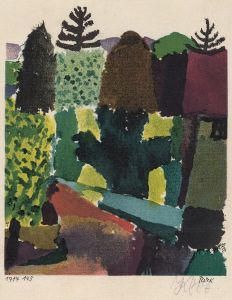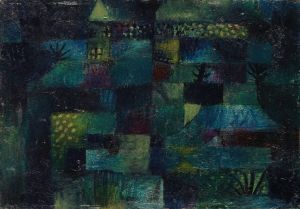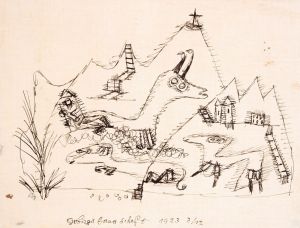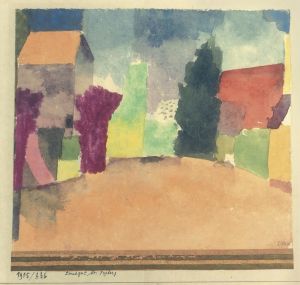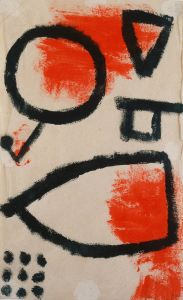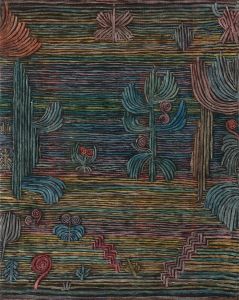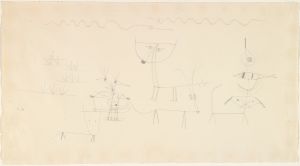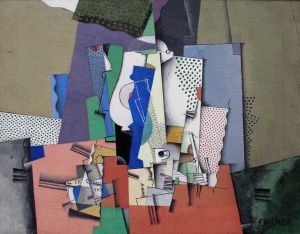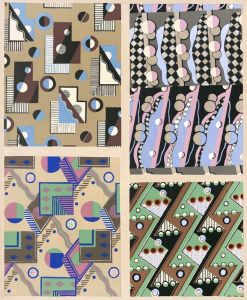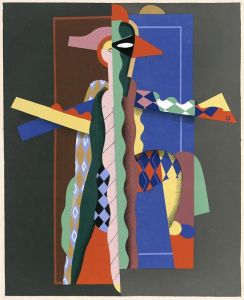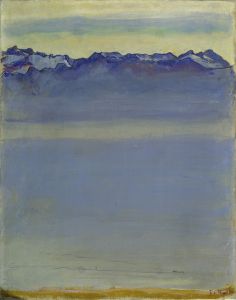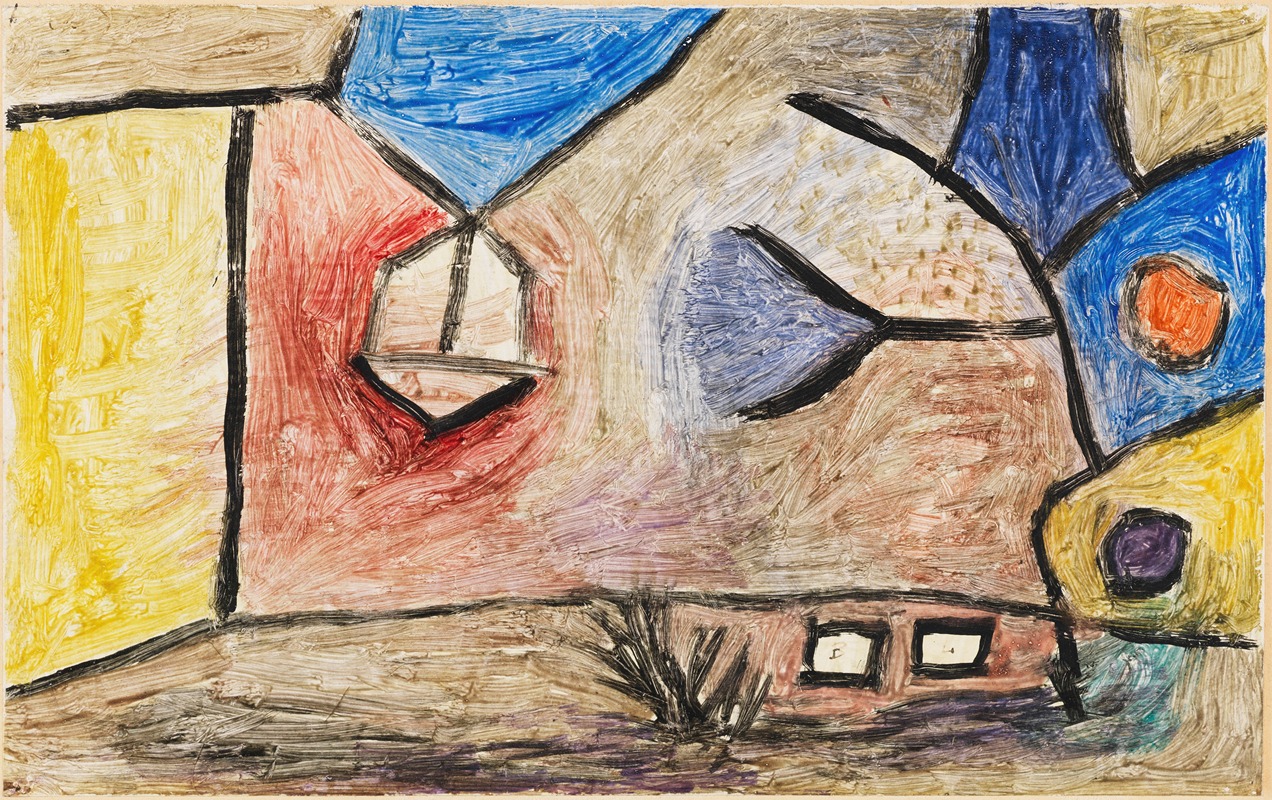
Landschaft B. L.
A hand-painted replica of Paul Klee’s masterpiece Landschaft B. L., meticulously crafted by professional artists to capture the true essence of the original. Each piece is created with museum-quality canvas and rare mineral pigments, carefully painted by experienced artists with delicate brushstrokes and rich, layered colors to perfectly recreate the texture of the original artwork. Unlike machine-printed reproductions, this hand-painted version brings the painting to life, infused with the artist’s emotions and skill in every stroke. Whether for personal collection or home decoration, it instantly elevates the artistic atmosphere of any space.
Paul Klee's "Landschaft B. L." is a notable work by the Swiss-born German artist, who is renowned for his unique style that blends elements of expressionism, cubism, and surrealism. Klee's work is characterized by his use of color and his ability to create compositions that are both abstract and deeply evocative of the natural world. "Landschaft B. L." is one of the many pieces that exemplify Klee's innovative approach to art and his exploration of landscapes.
Paul Klee was born on December 18, 1879, in Münchenbuchsee, near Bern, Switzerland. He was a highly influential figure in the development of modern art in the early 20th century. Klee's artistic journey was marked by his involvement with the Bauhaus school, where he taught alongside other prominent artists such as Wassily Kandinsky. His work is known for its playful yet profound exploration of color theory and its ability to convey complex emotions and ideas through seemingly simple forms.
"Landschaft B. L." is a part of Klee's extensive body of work that often features landscapes, a subject he returned to frequently throughout his career. Klee's landscapes are not traditional representations of the natural world; instead, they are abstract interpretations that capture the essence and mood of a place rather than its literal appearance. His landscapes often incorporate geometric shapes, lines, and a vibrant palette, reflecting his interest in the underlying structures of nature.
Klee's approach to landscapes was influenced by his travels and his exposure to different environments. His time in Tunisia in 1914, for example, had a profound impact on his use of color and light, which can be seen in many of his works. Although specific details about "Landschaft B. L." are limited, it is likely that this piece, like many of his others, reflects his interest in the interplay between color, form, and emotion.
Klee's work, including "Landschaft B. L.," is often seen as a bridge between the representational and the abstract. His ability to distill the essence of a landscape into a series of lines and colors allows viewers to engage with the work on both an intellectual and emotional level. This approach has made Klee's work enduringly popular and influential, inspiring generations of artists to explore the boundaries of abstraction and representation.
Throughout his career, Klee produced over 9,000 works, each reflecting his innovative spirit and his commitment to exploring the possibilities of visual art. His contributions to the art world have been recognized globally, and his works are held in major collections and museums around the world.
In summary, while specific details about "Landschaft B. L." are not extensively documented, it is representative of Paul Klee's broader artistic vision and his ability to capture the essence of a landscape through abstraction. His work continues to be celebrated for its originality, depth, and the unique way it invites viewers to see the world through a different lens.






